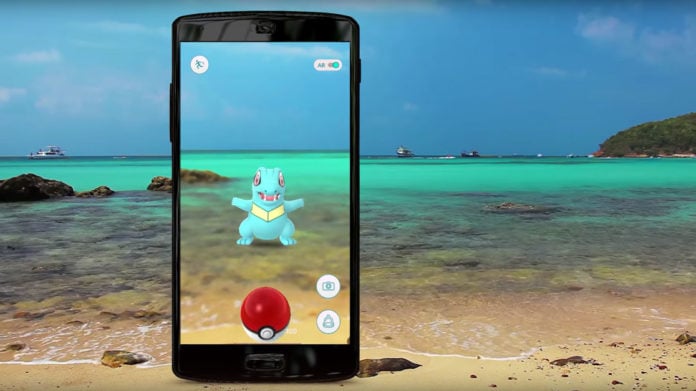USER GUIDE | Submitted by wafflewarrior0323The term “Biomes” in Pokémon GO is often confused with what is often called “Terrains”. The technical definition of “Biomes” states that a Biome is a property of of a spawn point that determines what Pokemon that spawn point generates.
This means you do not have to be in a certain environment that would match the type of Pokémon as if in the real world. The term Terrain is the complete opposite.With Terrains, your real life location and geography is important. We’ve observed that spawn points throughout the world always adhere to a certain Terrain, but not all of them have biome specific information.
Simply said, it means that if you were living near a lake or an ocean, the number of water type Pokemon you encounter would outnumber many of the other types by a decent margin.
Another example would be if you were living in a lush Forest or Jungle area (and somehow managed to have cell signal). In Forest and Jungle areas, we’ve consistently observed an increased number of grass Pokémon, with their numbers roughly staying at 23% – 27% of encountered Pokémon.
The core series FireRed and LeafGreen games were the first to introduce the concept of Terrains, and by everything we know, Pokémon GO follows roughly the same logic, with the exception that Pokémon GO Terrains overlap on edges:
- Grassland
- Forest
- Water’s-edge
- Sea
- Cave
- Mountain
- Rough-terrain
- Urban
- Rare (not an actual Terrain, more like a category)
How do I find my local Terrain
Finding your local Terrain can be quite simple if you’re lucky enough to live in a Sea or Water Edge terrain, as the spawns are self-explanatory.
However, it’s quite difficult to accurately distinguish between other types of underlying Terrains in an area, mainly due to two reasons:
- Pokémon often have Double Typing (Dual Typing)
- Type specific Events skew the results
Double Typing is especially a problem as a number of common Pokémon has more than one type. For example, a Pidgey, who is easily the most common Pokemon in Pokemon GO, has and normal dual typing, making it hard to tailor a Terrain around Pidgey and use him as a differentiator.
The lack of accurate and concise type-terrain correlation leads to several questions:
- Does Pidgey belong to the Grass field terrain or the Urban terrain?
- Do all types belong to the Urban terrain?
- Is there even a Grass field terrain?
Additionally, type specific events increase spawn rates of one or more Pokémon types, making it even more difficult to figure out what Terrain is where. Events we have already seen include:
- Halloween Event: ghost and dark
- Water Festival: water
- Global Bloom: grass
- Adventure Week: rock
- Solstice Event: fire and ice
The upside of identifying Terrains over Biomes is the fact that most terrains are kinda Self Explanatory. If you’re at the beach, the Terrain is a Water’s Edge terran, if you’re at Sea, it’s a Sea terrain.
We will be exploring each Terrain in detail in upcoming articles.

